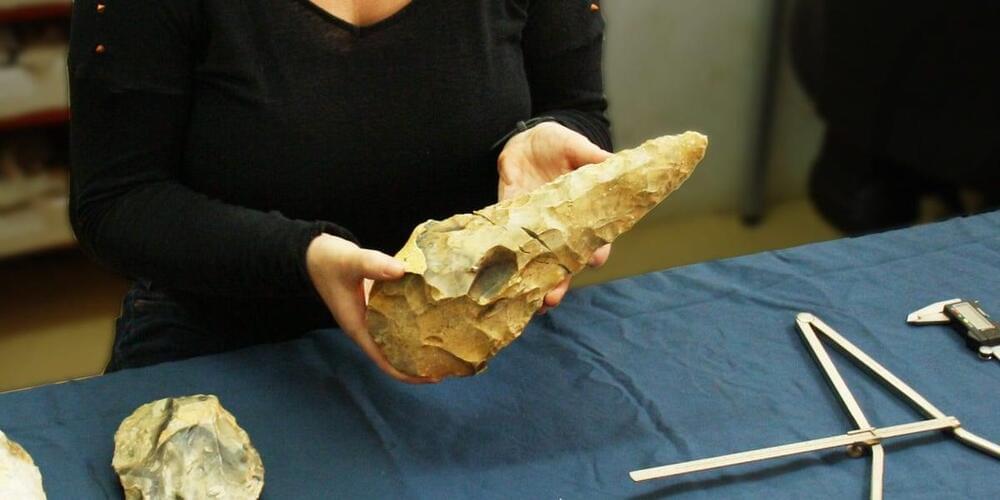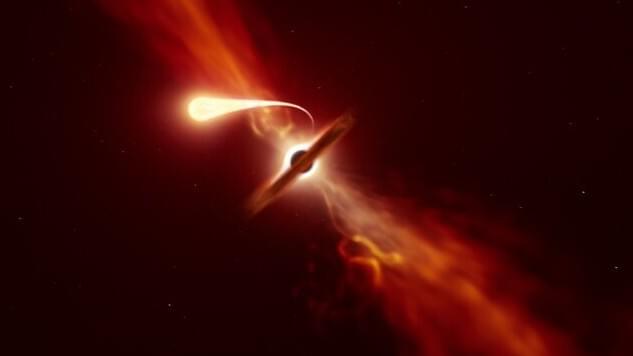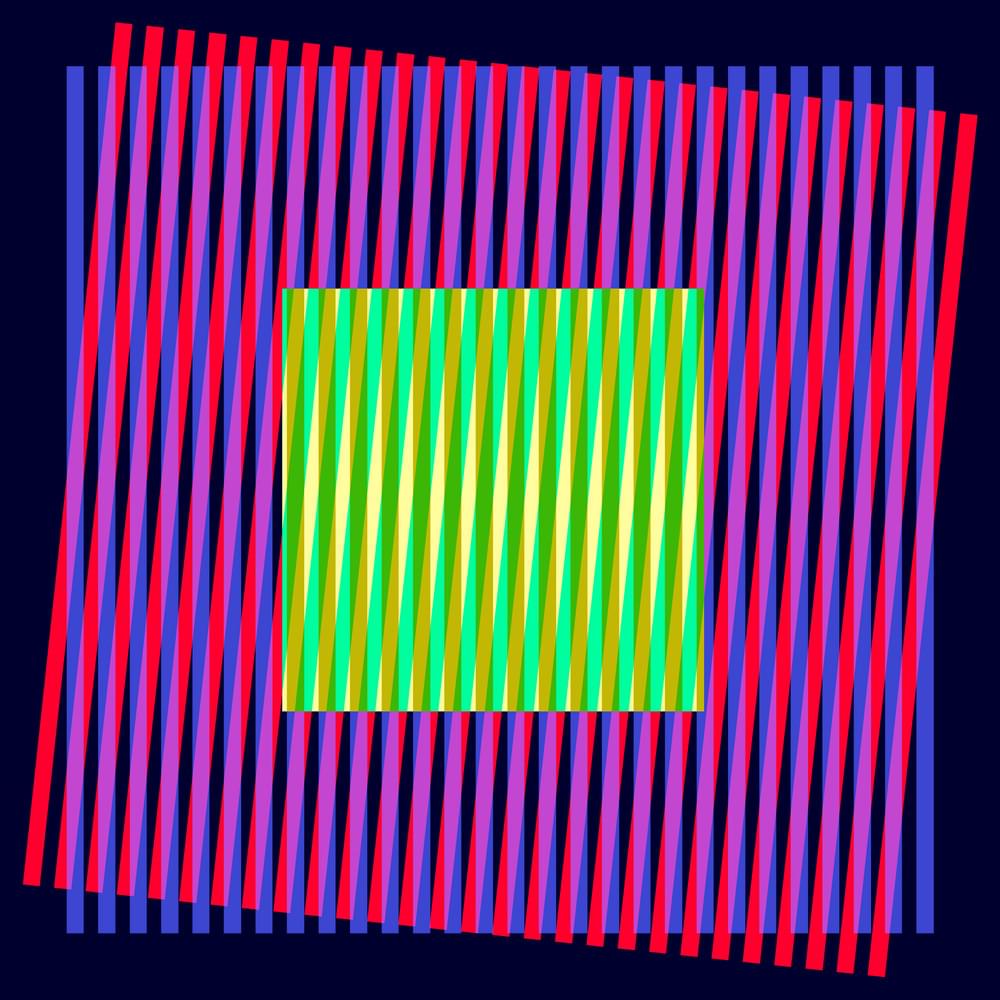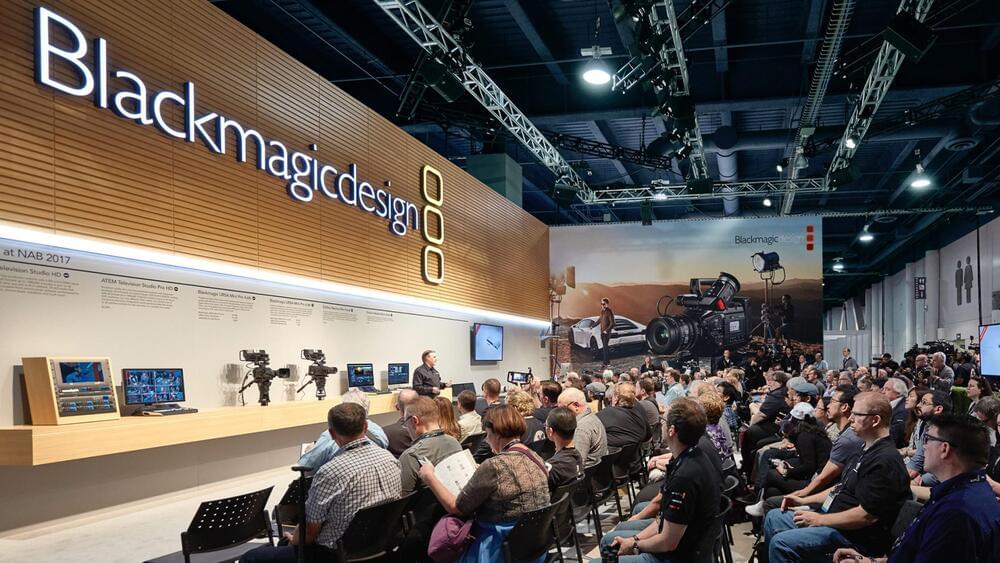While this is an incredibly ambitious goal and we’re not guaranteed to succeed, we are optimistic that a focused, concerted effort can solve this problem: indent-0 not-italic [em_&]:indent-2] [^problem] There are many ideas that have shown promise in preliminary experiments, we have increasingly useful metrics for progress, and we can use today’s models to study many of these problems empirically.
Ilya Sutskever (cofounder and Chief Scientist of OpenAI) has made this his core research focus, and will be co-leading the team with Jan Leike (Head of Alignment). Joining the team are researchers and engineers from our previous alignment team, as well as researchers from other teams across the company.
We’re also looking for outstanding new researchers and engineers to join this effort. Superintelligence alignment is fundamentally a machine learning problem, and we think great machine learning experts—even if they’re not already working on alignment—will be critical to solving it.





